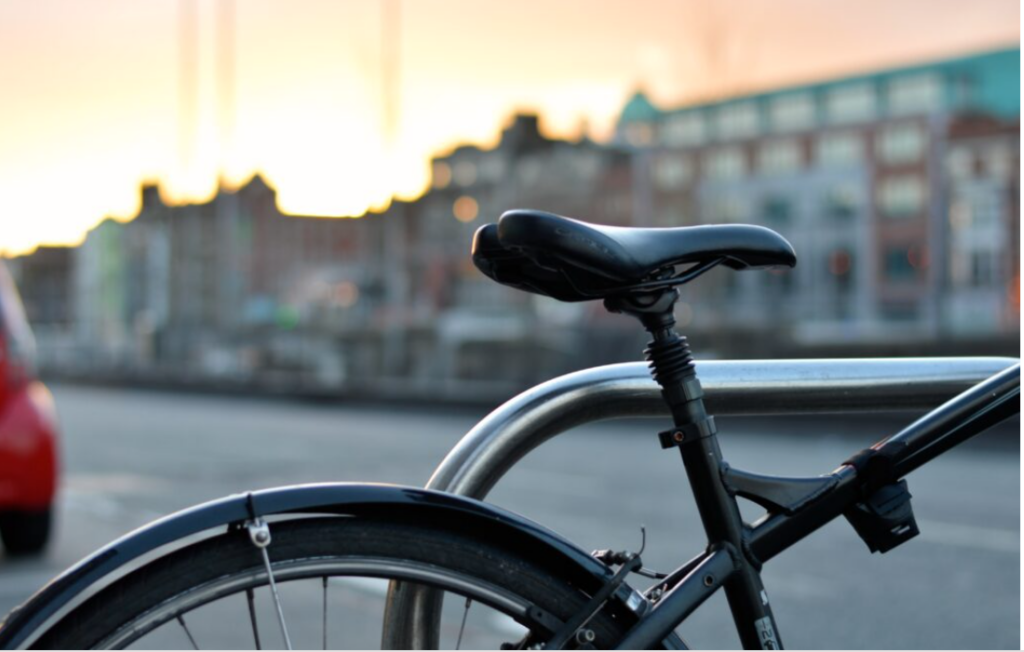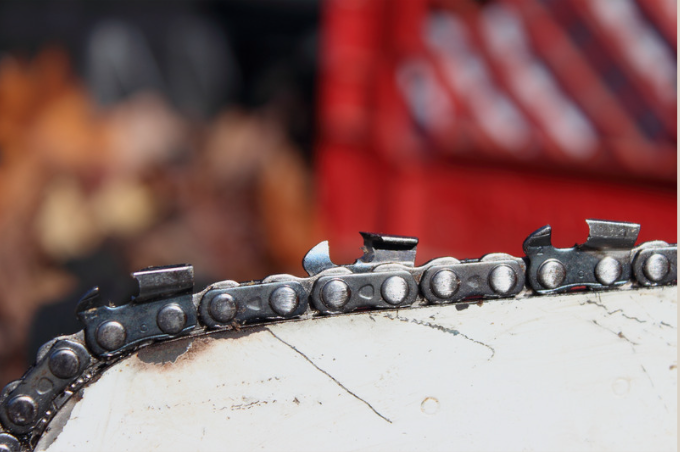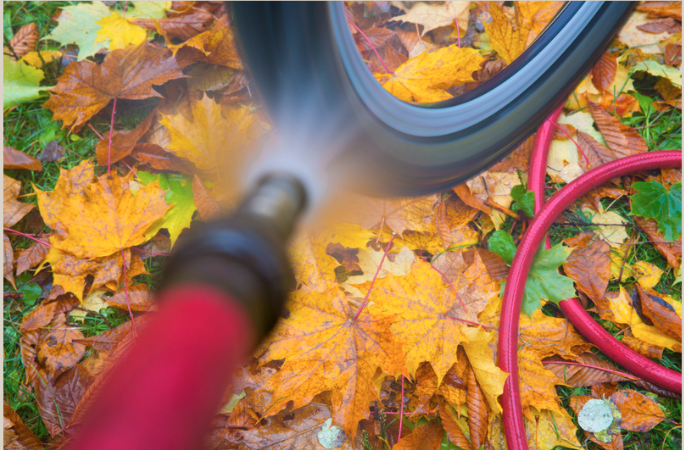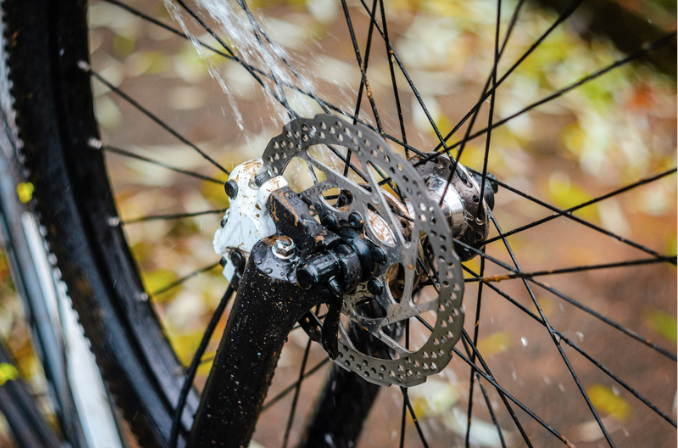Looking After Your Electric Bike
Introduction
Welcome to the world of E-bike ownership! Whether you have just proudly added a new steed to the stable, or whether you are a seasoned E- Bike owner, this guide aims to simplify the sometimes daunting and conflicting information about caring for your bike.
While at first the addition of a motor and battery can seem scary, much of the basic day to day care of a bike is shared with a regular bicycle, with some additional steps and care you might wish to consider.
Quick Tips
- Give your E- Bike a quick check over before each ride – this will save on repair bills
- Keep your bike clean
- Store your battery inside at 30% charge
- Keep on top of tyre pressures
- Dont’ jet wash
- Don’t get oils or sprays on disk brakes
Before a Ride
Before a ride, it is always a good idea to do a few basic checks to your bike. At first this may seem like a task, but once you are familiar with it it will become second nature. Doing this could not only save you money but stop you from being stranded mid ride!
- Brakes: Pull both brakes on hard and hold them on for 3 seconds. If you have rim brakes this tests for stretched cables and loose clamp bolts, if you have hydraulic disk brakes this will test for air in the system or a fluid leak. In both cases the brakes should ‘bite’ firmly and not come all the way to the handlebars. Roll slowly and test that your brakes stop you easily.
- Battery: Is your battery fitted and charged? Before driving somewhere for a ride, turn your bike on and check.
- Tyres: Tyres naturally lose air over time, up to about 10psi a week is possible. Before a ride use a pump with a gauge to check your pressures are within 15psi of the maximum pressures which will be stamped on the tyre sidewall. For example, a 700c hybrid tyre might have a max of 60psi – therefore inflate to at least 45psi. Riding with under inflated tyres will massively reduce the battery range of your E- Bike, increase tyre wear and the risk of punctures.
- Wheels: Spin your front wheel then your back, they shouldn’t wobble more than a little. If they do you may need to true the wheel and may have a broken spoke. If you notice the brake is binding on a rim brake because of a bent wheel – we recommend not to ride as this can wear brake surfaces and pads extremely quickly.
- Gears: If your bike has a rear derailleur, it is a good idea to check your hanger is straight before a ride. To do this, look from the back of your bike – the cage between your pulley wheels which tension the chain should be in a straight line with the tyre. If not, your gears may not work correctly and the chain could come off. If you have a hub gear bike, you can skip this step.
- Fixings: Checking that nothing is loose is very important. Start by checking if any quick release wheel levers are properly closed with good tension, then hold one pedal and wobble it – there shouldn’t be any side to side movement. Next, wobble any accessories such as a side stand or panniers, they should both be properly secured.
After a Ride
Depending on your use and mileage, the weather and many other factors, the frequency you need to carry out these steps may differ slightly but the overall process is the same.
- Degrease your chain: This may not be after every ride, but once your chain appears black or gritty then it needs cleaning. Black chain lube stuck with grit is a recipie for grinding paste which will wear away your chain rollers, cogs and chainrings with alarming pace. To clean your chain, use a bicycle chain cleaning device with bicycle specific biodegradable degreaser on the chain while pedalling backwards. Once your chain appears clean, rinse off the degreaser with water and wash the rest of your bike. Once done, always reapply lubricant to stop rust. Some high performance wax based chain lubes are available which work fantastically in some cases – so if you are fed up with mess or are keen on maintaining your bike look into this.
- Wash your bike: If your bike is muddy it needs a wash after use, but if you came back from a dusty ride then a simple wipe over will be perfectly fine. If you ride a lot like we do at Rye Bay Bikes – by the sea, then salt becomes a consideration to the frequency of washing your bike. To wash your bike, use a bike specific cleaner and brushes or a sponge. Use low pressure water to rinse off loose dirt and soap – never ever using a pressure washer! As a general rule, electrics fitted to E- Bikes are very water resistant but avoid directly spraying water at electric components to be safe, also have a look at your manufacturer’s guidance on whether to remove the battery before washing because this does differ from brand to brand. Focus your cleaning on brakes, gears and suspension.
Charge your bike to a storage level (see the battery and electrics care section)
- Disk brakes: If you have disk brakes then pay special care to not get any kind of oil, silicone spray, polish, grease, degreaser or chain lube near them (even overspray). If you do, you will contaminate the disk and brake pad surfaces and stop them from working effectively. You can tell this has happened because the performance will be very poor and they will squeal. You can try and revive them with disk brake cleaner which sometimes works but most of the time, at least your brake pads will need to be replaced and the surfaces become glazed and shiny. To minimise the risk, apply sprays to a cloth away from the bike then wip over and use a drip chain lube not a spray.






